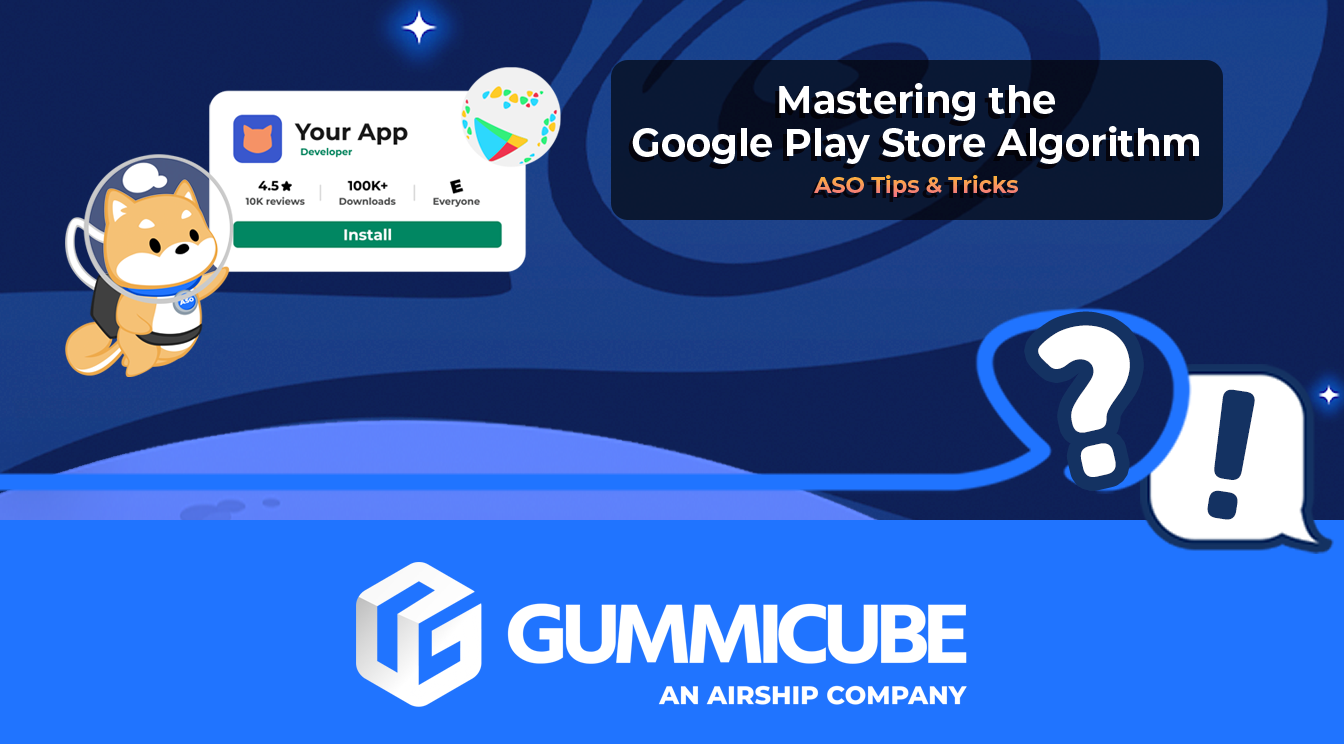
Mastering the Google Play Store Algorithm
Posted on April 16th, 2025
Learn how to work with the Google Play Store algorithm using high-level ASO strategies that improve visibility, performance, and long-term app success.
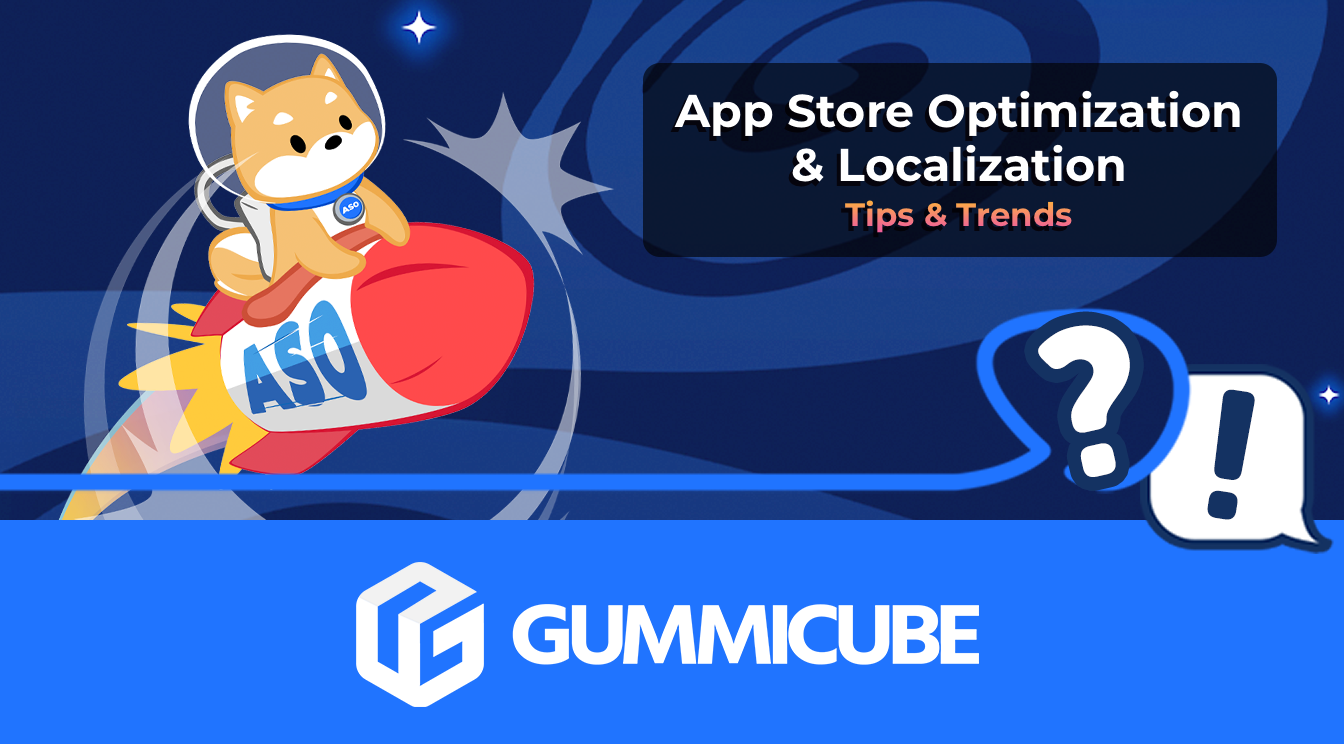
As the mobile market has continued to grow over the past decade, so has the need for supporting this diverse landscape. Currently, the mobile app market spans across the entire globe, with the iOS App Store supporting 40 languages and locales, and the Google Play Store over 80+ languages in total.
So, how does a developer best work to grow their business to support each of these new markets? Well, the answer is pretty simple. Localization. Localized store listings that work to acknowledge and adapt to specific languages and cultures, all with the goal of providing a more individualized experience for users.
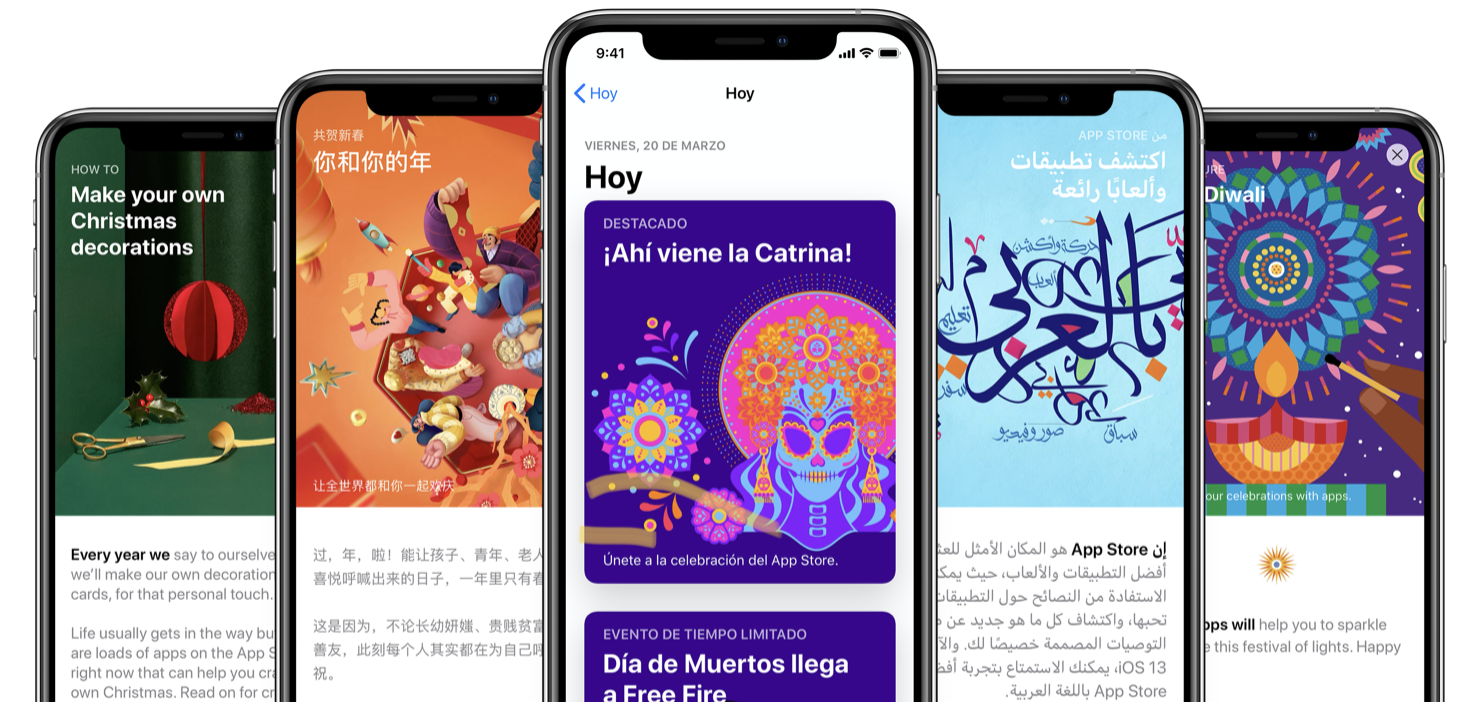
Customized experiences have forever been a staple in acquiring positive user sentiment. As mentioned in Forbes, nearly 81% of customers prefer companies that provide a personalized experience. Whether it be a “Happy Birthday” card for your best mate or a localized app listing — people appreciate what resonates with themselves. And with the freedom of Apple and Google to localize seemingly every element that exists on the listing itself, there is infinite potential to do so.
Currently, a wide pool of apps across the iOS App Store and Google Play Store don’t actively support a localized experience across the expanse of markets their app is distributed within. Most take the primary language listing and use that as a blanket strategy for all other territories, or, opt for the easy route including: directly translating the English listing (without any territory-specific considerations) or purchasing / allowing for Google’s automated localization for apps.
Today, we’ll walk through why it is essential to invest the time and effort into localizing your app store presence in accordance with ASO best practices in order to scale your app. And, how to get started.
There are two key factors to take into consideration when localizing your app store: search trends specific to that locale, and cultural trends tied to positioning and design.
While localizing the copy itself to fit the language you are supporting is a necessary first step, ensuring that the metadata is also structured in a way that best caters to search trends for that locale — in addition to ASO best practices — is essential. This means:
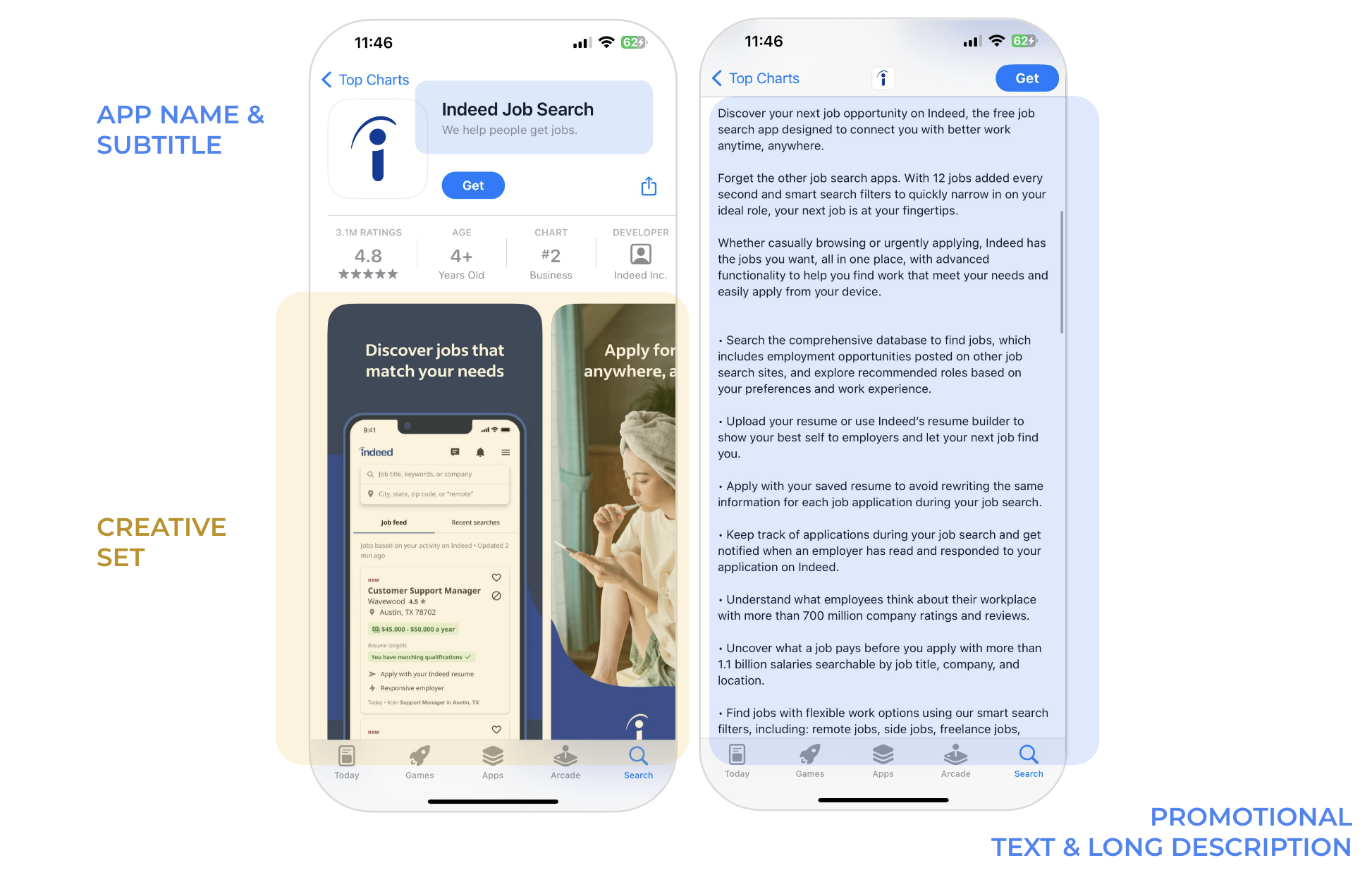
A common misconception is that what is proven to be popular and relevant in your main localization will translate over to other locales. While there may be some crossover, volume and relevance can oftentimes be highly different from country to country. By utilizing ASO tools such as DATACUBE, marketers can conduct the proper keyword-level research to ensure that the terms you are targeting per language are allowing your app to grow in total search visibility.
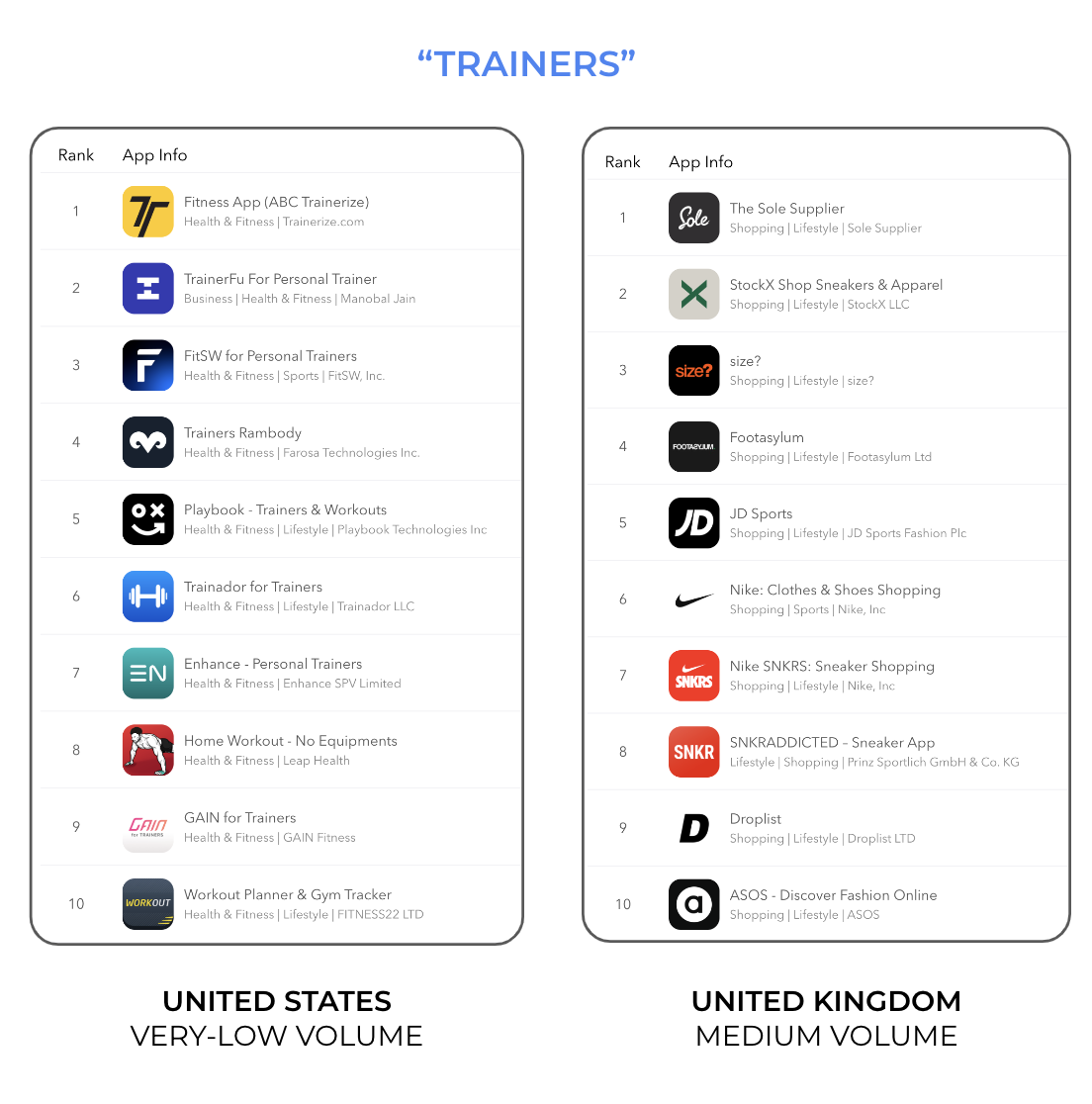
The second key step in the localization process comes down to A/B testing. What you may see success for in the United States may not resonate with users in Asia, Europe or elsewhere. By experimenting with culturally-relevant design styles and positioning trends, marketers have the opportunity to drastically improve conversion rates per locale.
Let’s consider major players in the streaming and entertainment category: Disney+ and Amazon Prime Video.
Currently, Disney+ provides fully localized product pages in the iOS App Store for each of their supported languages. From the subtitle to the long description, to the entirety of the screenshot set — Disney+ works to provide a unique, localized experience per market.
To hit the “top of the box office” for a streaming app, the content available in-app is of the highest value to a potential customer. So, Disney+ actively promotes titles specific to each language — emphasizing a BTS docu-series in South Korea, and a French original series “Tout va Bien” in France, amongst others.

In the same space, Amazon Prime Video only provides a partially localized page, with the vast majority of the fields defaulting to the English U.S. localization, with the lone exception of the long description.
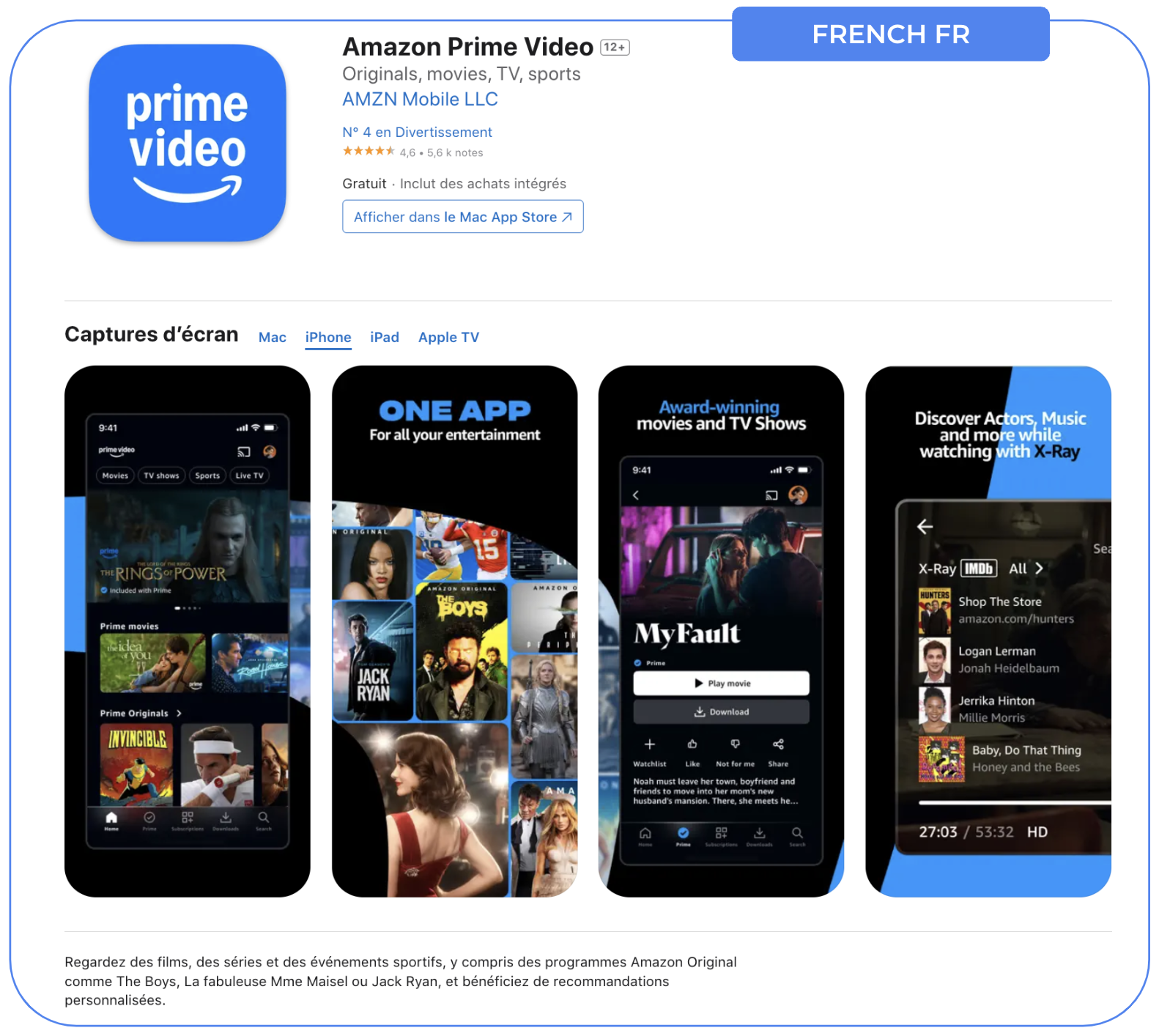
By not localizing each of the key user-facing assets, an app can limit their perceived value in these global markets when compared against competitors that cater to each specific audience. This is made apparent when considering notable keyword rankings between our two examples here. For instance in France:
By opting to not provide a fully localized experience, Amazon Prime Video is losing valuable search visibility against key streaming competitors such as Disney+, demonstrating the value in catering to the algorithm and audience per locale.
With the right tools and methodology, any app has the ability to expand into new markets and provide a localized experience. The opportunity for localization spans far beyond what we’ve even touched the surface on today. With Google Play’s Custom Store Listings by Country, and Apple’s “Additional Supported Languages”, there is infinite potential for continued expansion and improved performance globally.
Start small and scale your localization efforts over time as you learn what strategies work best per locale. With the right strategy, your app can reach a greater audience and see those downloads come along with it.

Learn how to work with the Google Play Store algorithm using high-level ASO strategies that improve visibility, performance, and long-term app success.

Boost app installs with smarter App Store marketing. Learn how ASO, creative assets, and paid strategies work together to drive growth and visibility.

Choosing the right app category is crucial for ASO success, impacting visibility, rankings, and user growth. Discover how the wrong choice can hold you back.